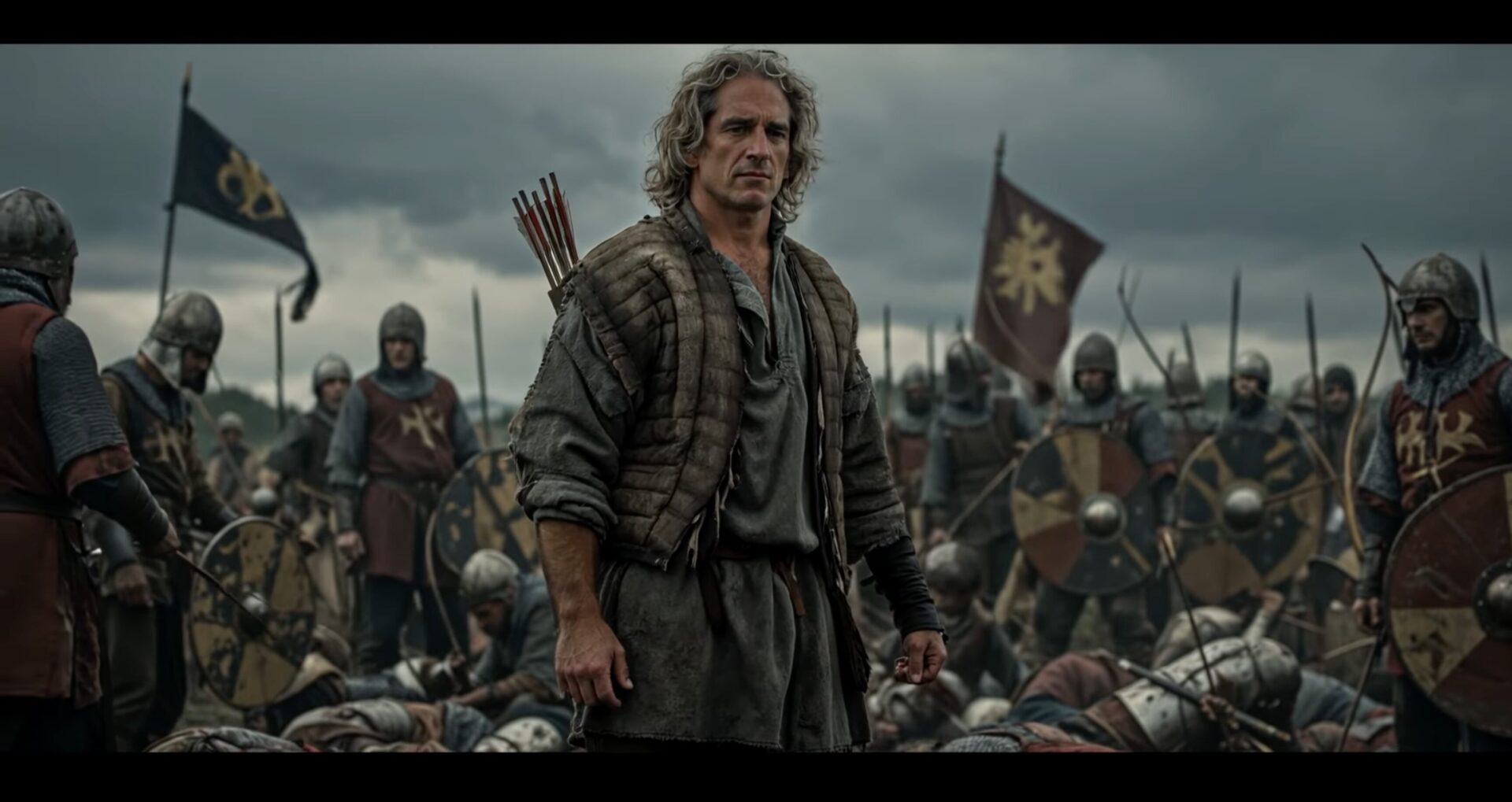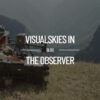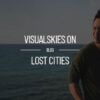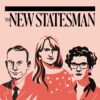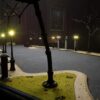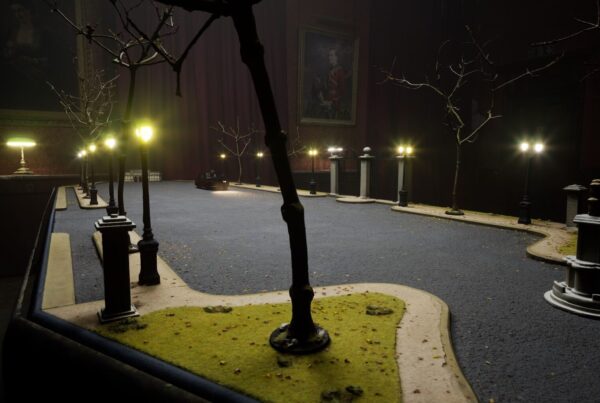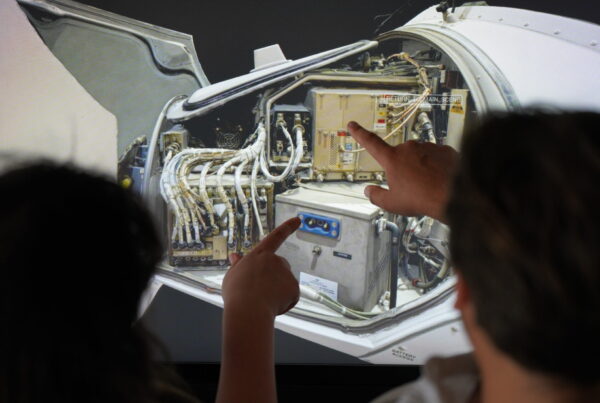Visualskies continues to drive innovation by backing both the research into AI and gaussian splatting that redefines what’s possible and the productions that put those breakthroughs into practice.
As AI’s role in 3D imaging and creative production evolves, we’re committed to staying at the forefront by delivering precision, reliability, and new possibilities for our clients. By investing in pioneering AI research and innovative production work, we will stay at the cutting edge of new industry innovation.
Leading AI Research in 3D Imaging
For us, here at Visualskies, innovation isn’t a buzzword, it’s a guiding principle. We’ve recently funded Anil Bas, a research fellow at Bournemouth University, whose expertise in 3D imaging technology is opening up exciting new directions. Our partnership is helping drive advances in Gaussian Splatting, an AI-powered technique at the forefront of 3D object capture.
So, what sets Gaussian Splatting apart? Compared to traditional photogrammetry, it offers a new level of rendering fidelity. Unlike traditional photogrammetry, Gaussian Splatting offers a leap in detail and realism, making it particularly effective for capturing intricate features like hair, foliage, or reflections, that were previously challenging to reconstruct with detail. Even better, we’re now able to deploy Gaussian Splatting across all our capture methods, whether we’re scanning with our aerial drone rigs or our high-precision CyberRig systems. For VFX, heritage preservation, and virtual production, these breakthroughs aren’t just technical milestones; they’re practical solutions with real-world impact.
Gaussian Splatting is increasingly allowing us to digitise urban environments for the AEC industries in ways that were previously prohibitive with traditional scanning methodologies. We’re seeing Architecture, Engineering and Construction (AEC) companies benefit from advanced design, reporting and visualisation tools available through Gaussian Splatting surveys, as the data is lighter and therefore easier to use as well as more cost effective to process.
We’re also excited to be joined by Leoni Latham, a Master’s student from the University of Bristol, who’s exploring how AI is reshaping the TV and film landscape. Her research goes beyond the technical; she’s previously completed research into testing audience responses to AI-driven content, providing valuable insights for studios and creatives looking to navigate the path through the emergent AI environment.
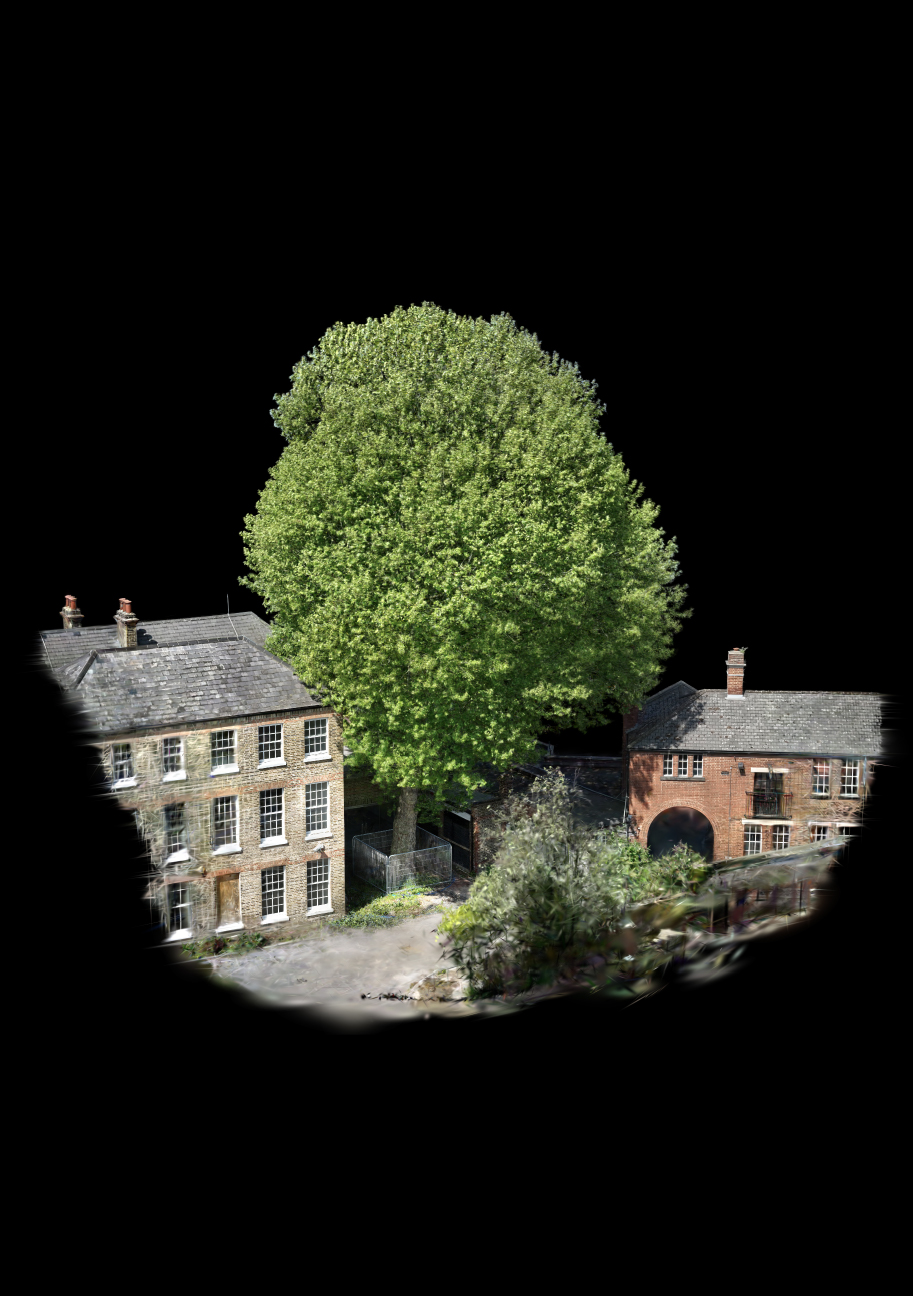
Innovation in Practice: Award-Winning AI Production
This commitment to innovation feeds directly into our production pipeline. Case in point: our recent collaboration with Toby Hyder of XO Link on Bones of Yew, an entirely AI-generated short film that has just taken home the top prize at the Cannes AI Film Festival.
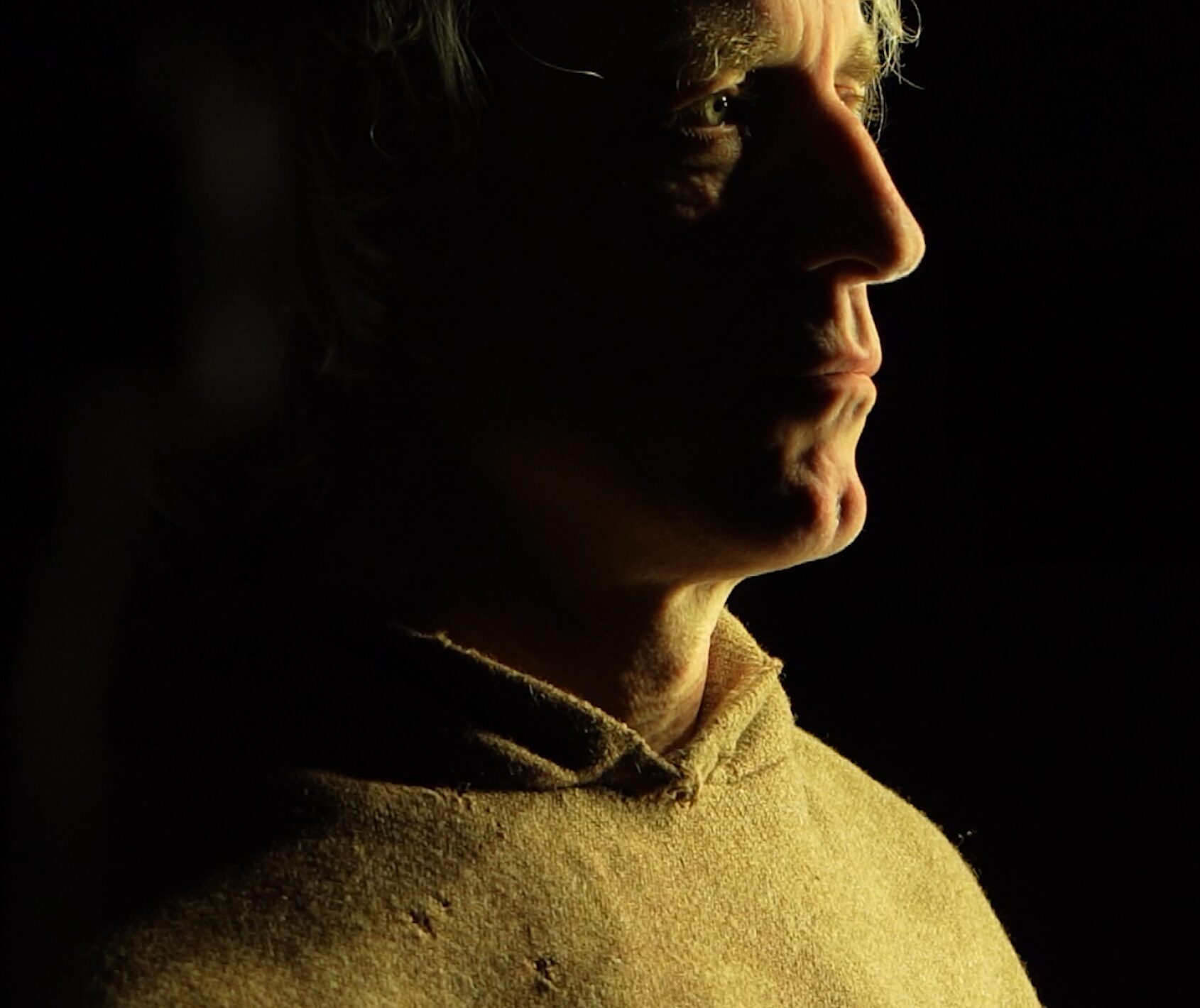
Set in the medieval era, Bones of Yew is a testament to what’s possible when AI and historical research intersect. The production team leveraged AI as a creative time machine, using it to achieve a level of historical accuracy that would be impossible with traditional methods alone. Their process was rigorously cross-referenced with Longbow Heritage, ensuring every detail was rooted in authentic medieval research.
For consistency and realism, @silverbacktarzan Matthew Lewis was volumetrically scanned at our Battersea studio, outfitted in costumes from the National Theatre archive. This not only elevated the film’s visual authenticity but also reinforced the ongoing need for real-world assets and skilled performers in an increasingly digital industry.
The scale of production reflected our belief in collaboration: a 16-strong team, including two dedicated archery trainers, worked behind the scenes to ensure every shot resonated with realism and historical credibility.
Gaussian Splatting FAQs
What is Gaussian Splatting in film production?
Gaussian Splatting is an AI-powered technique for 3D reconstruction. Unlike traditional methods, it creates more lifelike digital assets by capturing complex details such as hair, foliage, and reflections. In film production, this technology is used to build highly realistic environments and props for visual effects, animation, and virtual production.
Is Gaussian Splatting better than traditional 3D scanning?
Gaussian Splatting enhances traditional 3D scanning by capturing complex surfaces more accurately. It is often used alongside methods like photogrammetry and LiDAR for the best results.
Does Gaussian Splatting replace traditional 3D scanning?
Gaussian Splatting works best alongside established techniques like photogrammetry and LiDAR. It’s particularly effective for capturing fine details that other methods might miss.
What’s next for AI in film and virtual production?
AI will continue to support creative teams by improving real-time rendering, asset generation, and personalised content. As the technology evolves, collaboration between human expertise and AI tools will remain key—helping push boundaries while keeping storytelling and quality at the centre of production.
👉 Follow us on Instagram 👉 Like our Page on Facebook 👉 Subscribe to our YouTube Channel 👉 Connect with us on LinkedIn
WHERE TO FIND US?
Visualskies is proud to offer our expert Photogrammetry services for VFX across multiple locations worldwide. Our presence in key cities enables us to provide prompt and efficient service to our clients. You can find us in the following locations.
Mobile Photogrammetry Rigs VFX London
5 Havelock Terrace
Battersea
London
SW8 4AS
United Kingdom
